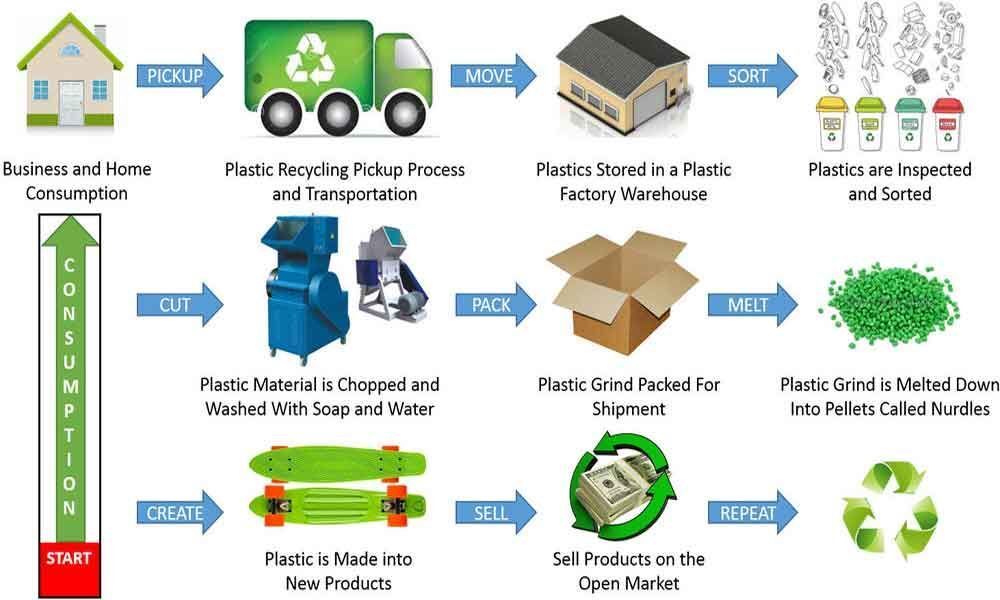How to Reduce Waste and Control Costs in Multi-Site Care Homes
Running a multi-site care home is like juggling flaming torches, you’re trying to meet care standards, manage staff and stay on budget, all at the same time. Every day, requests, questions and opportunities pile up, leaving managers scrambling.
One of the biggest challenges? Procurement. When each site orders independently, costs balloon, supplies get wasted and operational control is lost. Without a streamlined process, even the most well-intentioned managers struggle to manage budgets effectively.
This guide will show you practical ways to reduce waste in care home procurement, control costs and improve operational efficiency across all your sites. Plus, we’ll show how Berwick’s lean audit, inventory tracking and procurement portal can be a game-changer for your care homes.

Understanding the Cost Challenges in Multi-Site Care Homes
How Fragmented Procurement Drives Waste
Fragmented procurement is when each care home site manages its own orders independently. While it may seem flexible, it often leads to:
-
duplicate orders for the same items
-
overstocking of supplies, some of which expire before use
-
inconsistent quality or cost of products across sites.
Financial Impact of Poor Inventory Management
Poor inventory management doesn’t just waste supplies, it wastes money. Some common financial impacts include:
-
lost opportunities to negotiate better deals with suppliers due to decentralised ordering
-
increased emergency orders, which cost more and disrupt staff schedules
-
staff time spent tracking missing or excess items instead of focusing on resident care
Even a small oversight, like over-ordering a single item at one site, can multiply across your care group, creating a hidden drain on your resources.
Common Signs of Overspend and Waste
To spot inefficiencies, look for these warning signs:
-
Excess deliveries piling up in storage rooms.
-
Frequent last-minute orders because stock ran out unexpectedly.
-
Inconsistent costs for the same items at different sites.
-
High levels of expired or unused products.
If these sound familiar, it’s a clear signal that your procurement process needs a more streamlined, centralised approach.
Practical Ways to Reduce Waste in Care Home Procurement
Centralised Ordering and Standardisation
Centralising orders and standardising product lists across sites is one of the most effective ways to reduce waste in care home procurement.
Benefits include the following:
-
Bulk purchasing discounts that save money on frequently used items.
-
Reduced duplication of products across sites.
-
Consistency in quality, ensuring all residents receive the same standard of care.
By centralising procurement, care home groups gain both financial control and operational clarity.
Implementing a Lean Audit
A lean audit is a systematic review of your current stock, usage trends and procurement practices to identify waste and inefficiencies.
Key advantages:
-
Highlights items that are overstocked or underutilised.
-
Reduces unnecessary orders and prevents expired stock.
-
Provides actionable insights to streamline your supply chain.
Berwick’s lean audit goes beyond a simple checklist. In practice, it has helped care homes:
-
identify hidden overspend immediately
-
reduce waste in cleaning, PPE, and consumable supplies
-
introduce budget controls that deliver results from day one
By identifying inefficiencies early, managers can prevent costly mistakes before they impact the budget.
Inventory Tracking Across Multiple Sites
Digital inventory tracking is a must for multi-site care groups. It allows managers to see stock levels in real time, across all locations.
Benefits of inventory tracking:
-
Reduces overstocking and understocking.
-
Minimises waste by tracking expiry dates and usage patterns.
-
Enables better forecasting for future orders.
-
Frees up staff time previously spent on manual stock checks.
Berwick’s inventory tracking system integrates seamlessly with procurement processes, providing instant visibility and control. Managers can quickly identify which items need replenishing, which are surplus and where savings can be made.
Using a Procurement Portal for Operational Control
A procurement portal centralises all ordering in one platform, giving care home groups complete visibility and control.
Advantages include:
-
Easier negotiation with cost-saving care home suppliers.
-
Standardised processes across all sites.
-
Reduced emergency orders and overspend.
-
Improved compliance and accountability.
Its procurement portal works hand-in-hand with lean audits and inventory tracking to provide a fully integrated solution. It ensures all your procurement data is accurate, accessible and actionable.
The Berwick Difference: Beyond Simple Cost Savings
Berwick doesn’t just help care homes reduce costs, we help them achieve operational excellence.
Tailored Support for Multi-Site Care Homes
With 25 years of experience, Berwick has helped care homes:
-
fix hygiene issues in under three months
-
implement budget controls with instant measurable results
-
transform company culture through practical training programs
Our approach goes beyond timely deliveries and responsive customer service. We offer wrap-around support, ensuring your operational goals and care standards are met efficiently.

Step-by-Step Guide to Implementing Waste Reduction in Care Homes
Implementing waste reduction across multiple care home sites may seem daunting, but breaking it down into clear, actionable steps makes it achievable. Here’s how to approach it effectively:
1. Conduct a Lean Audit
Start by reviewing stock levels, usage trends and current procurement practices at every site. A lean audit helps you pinpoint inefficiencies, such as overstocked items, duplicate orders or products rarely used. It also highlights areas where emergency orders occur frequently, which can be a hidden drain on your budget. By identifying these pain points, managers can make informed decisions about which products to retain, reduce or replace, unlocking immediate savings.
2. Standardise Products and Suppliers
Once inefficiencies are identified, create a unified product list across all sites. Standardisation reduces duplication, simplifies training for staff and ensures consistent quality for residents. At the same time, negotiate contracts with cost-saving care home suppliers to maximise discounts and bulk-order benefits. This step ensures every site benefits from the same rates and reduces discrepancies in procurement costs.
3. Introduce Digital Inventory Tracking
Implement a digital inventory system that monitors stock in real-time, tracks expiry dates and forecasts future needs based on historical usage. This reduces the risk of over-ordering, stockouts or waste from expired products. Digital tracking also saves staff time spent on manual audits, allowing them to focus on resident care.
4. Centralise Purchasing with a Procurement Portal
Use a centralised procurement portal to consolidate orders across all sites. This improves visibility, ensures compliance with standardised processes and enables better negotiation with suppliers. Consolidated ordering also reduces administrative overhead and minimises the risk of emergency purchases.
5. Monitor Key Performance Indicators (KPIs)
Track metrics such as cost per site, stock turnover and waste levels. KPIs provide tangible insights into the effectiveness of your procurement strategy and highlight areas for improvement.
6. Adjust and Improve Continuously
Procurement is not a one-time effort. Regularly review audit findings, inventory reports and KPIs to refine processes, eliminate recurring waste and further optimise spend.
Following these steps ensures waste is minimised, costs are controlled and staff have the right resources to deliver the highest standard of care consistently.
Achieving Operational Excellence in Multi-Site Care Homes
Fragmented procurement and poor inventory management are major contributors to waste and overspend in multi-site care homes, but these challenges are entirely solvable. By implementing a lean audit, centralised inventory tracking and a procurement portal, care home groups can significantly reduce unnecessary purchases, gain operational control and oversight and save money while improving staff efficiency.
Berwick’s integrated solutions make this process practical, achievable and measurable, turning what can feel like a juggling act into a streamlined, manageable system. Partnering with Berwick means you are not just cutting costs, you are optimising operations, enhancing compliance and ensuring the highest standards of care for every resident.
Take the first step today to reduce waste in care home procurement and bring full control, clarity, and efficiency to your multi-site operations.
FAQs
Q1: What are the biggest sources of waste in multi-site care homes?
Duplicate orders, overstocked items, expired products and emergency purchases are major contributors.
Q2: How can I ensure all sites follow the same procurement process?
Use standardised product lists, centralise ordering and implement a procurement portal for oversight.
Q3: Are Berwick’s solutions suitable for small care home groups?
Yes, our lean audit, inventory tracking and portal solutions scale to any size of operation.
Q4: Can these tools save money immediately, or is it long-term?
Both. Lean audits often reveal instant savings, while inventory and portal systems provide ongoing efficiency gains.
Q5: How do I measure success in waste reduction and cost control?
Track KPIs such as cost per resident, stock turnover, levels of expired stock and emergency order frequency.

